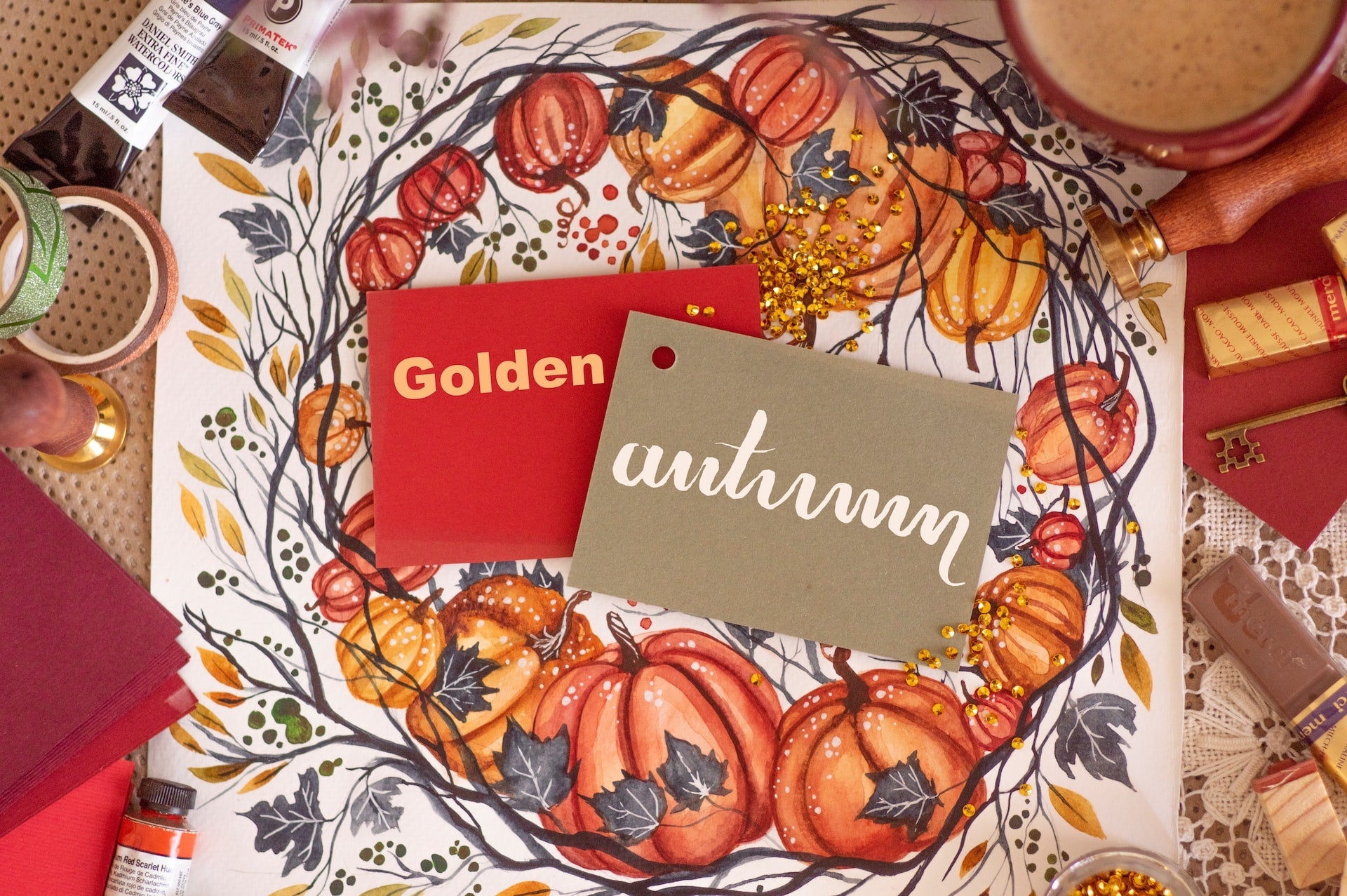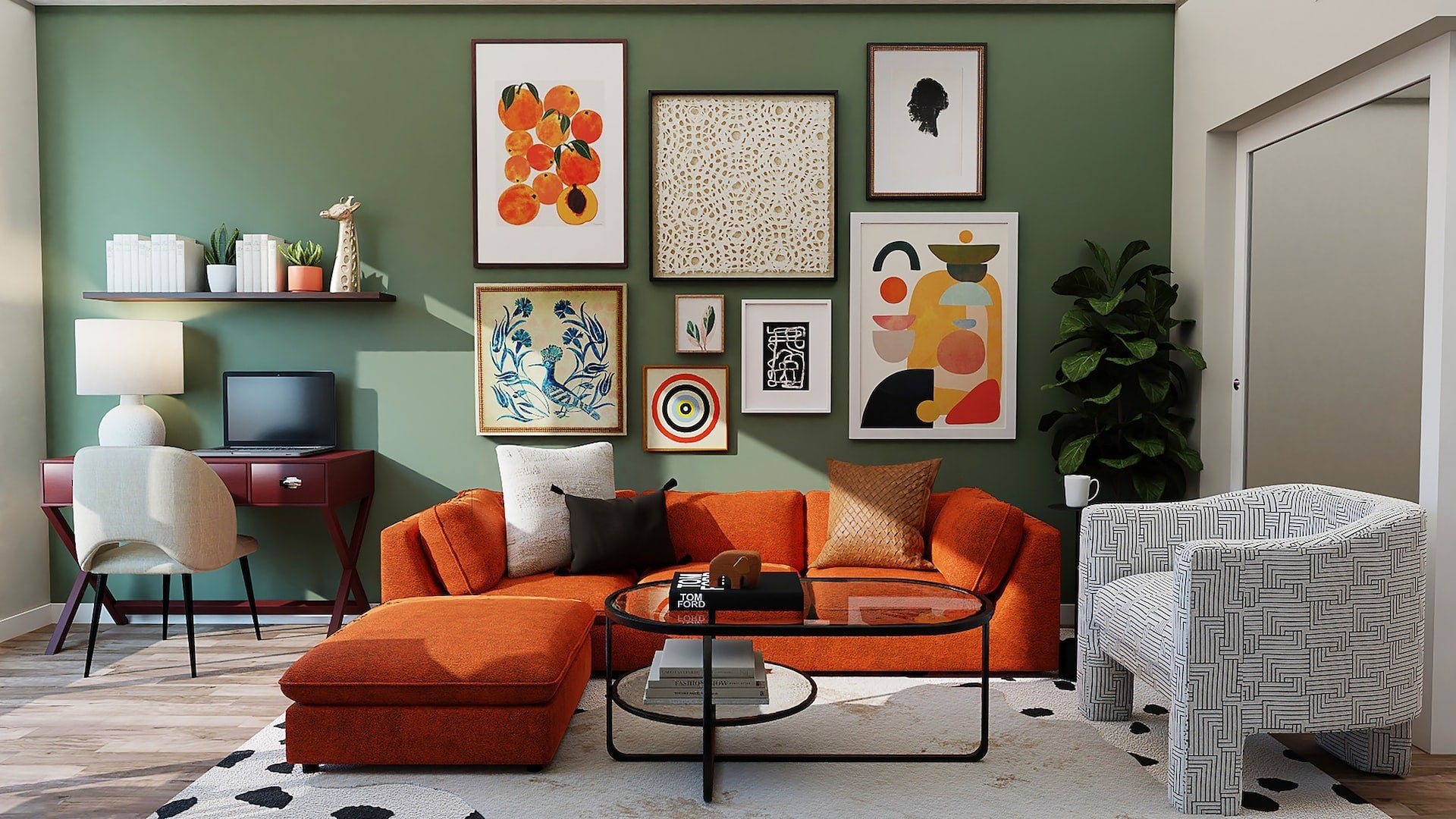
How is it Possible to Create a Painting Without Paint?
Art is all about creativity and if you don’t put your creativity into practice, are you even an artist? With that being said, trying to think outside the box, stepping out of your comfort zone, and deterring away from the traditional to try something unconventional is the essence of being an artist. So, we have a question for you: have you ever tried, or at least considered, painting without paint? Is it even possible to do so?
Well, yes! Truth be told, the first prehistoric paintings to have been created and discovered years ago were created without paint, yet they were still considered as paintings. Painting, after all, is the art of applying pigments or colors to a surface or canvas.
These pigments or colors do not necessarily have to come from paint, they can come from those elements (naturally-occurring, improvised, or chemicals) as long as they’re pigmented or can produce color. Moreover, there are plenty of things that you can substitute for paints or even create your paint. So in this article, we will be teaching you to make impossible things possible: to create a painting without paint.
We hope you’re ready to start another art project, that’s quite a challenge yet fun and easy to follow. Let’s jump into the topic and keep on reading the article to learn more!

It may sound difficult to produce your paint for your painting, however, it is not because there are plenty of naturally-occurring pigments that you can use for your painting project. And as stated, you can experiment to improvise and create your paint using various ingredients that are accessible and purchasable from various stores. In the past, people used pigments from stones and even used animal blood to create paintings on cave walls. So, it is more than possible to do this.
So without further ado, let’s explore the many ways to innovate for you to create a painting without paint.
Painting Without Paint: More Possible than You Think
1. Create a DIY paint using coffee:
The easiest way to create a painting without paint is by diluting coffee grounds or powder with water. To create different shades and tones, you can create your “paint” with different amounts of coffee or water in your recipe. Using these with different amounts of water or coffee will create depth and dimension, allowing you to create a full painting with shadows, and different colors– tones of brown, gray, and possibly, black.
Moreover, you can also experiment with the texture of your coffee paint by experimenting with the amount of liquid you put– simply put, the less water you put, the more pasty, textured, and concentrated the colors are. If you want something that gives you a stain-like or ink-like effect, then consider adding more water.

2. Use crushes berries:
There are plenty of fruits, leaves, flowers, and vegetables that produce bold and vivid colors. These can be used when painting without paint. The colors they produce are also lasting and can be integrated without additives such as turpentine or linseed oil (to create a stain-like effect for canvases), matte medium, modeling paste, etc. that can give the crushed berries (or other fruits) volume and texture, depending on the type of art you want to achieve.
Other than crushed berries, you can also use other natural ingredients such as butterfly pea flower (which is commonly used for those iconic blue tea), Asian pigeonwings, matcha powder, beets, and many more! Thus, if you have the time to dehydrate the said ingredients, you can also do so, this can allow you to powderize them to make them easier to use for your painting without paint project.

3. Create your own watercolor at home:
This may sound very difficult but it’s not. Before the commercially-available watercolor, artists of our time experimented with and created watercolors for their projects. Accordingly, watercolor is a very simple medium consisting of two elements: the binder, usually made of gum Arabic, and the pigment, usually made from powders such as mica powder, crushed stones, or even expired eyeshadows.
The gum Arabic is easily accessible and only a few ingredients are added – water, glycerin, and clove oil which are also easily accessible and affordable to improve the consistency and shelf-life of your homemade watercolor.
To create your homemade watercolor, all you need to do is to combine the gum Arabic and pigment using a palette knife and a paint muller, depending on the fineness of the powder, combining the two and merging the pigments takes between 15 minutes to three hours. Doing this is worth the effort because when done right, you can create a professional-grade watercolor, only that it’s more affordable and customizable in terms of color.

4. Make ink from used permanent marker cartridges:
Alcohol ink is very expensive. You can use it for different art projects such as painting, staining, and resin crafts. However, you don’t have to spend a lot because you can create one for free! Do you have permanent markers lying around somewhere in your house?
Well, it’s time to put them to use for your painting without a paint project! Instead of throwing them out, you can make your alcohol ink that can be used for various projects and painting surfaces. Moreover, it only takes two materials to create your homemade alcohol ink: alcohol and of course, the marker cartridges to release its color on the alcohol, therefore making an ink.
All you need to do is to remove the cartridge from your marker. Then, put the alcohol in a container and submerge the cartridge for a few hours or overnight for best results. If you want your alcohol ink to last long, be sure to store it in a clean container and label it.

5. Get earthy and utilize charcoal:
If you’re into minimalist artwork, then this one should be on your top list. Not only that, it requires few materials, but the effort is minimal but still gives maximum results and beautiful artwork. While charcoal is commonly used for sketching and drawing, you can also use it for painting by breaking and crushing it into fine powder.
By doing so, you can incorporate it into various mediums such as pouring medium, gum Arabic binder, modeling paste, and many more. You can use this DIY pint in various designs, especially if you want a monotone or black-and-white artwork to display somewhere in your home.
You can also experiment with the amount of liquid you use to create interesting textures.

6. Melt used crayons or oil pastels:
Instead of throwing out used crayons or oil pastels, why not repurpose them into something new and useful?
This is not an uncommon method because there is an unpopular medium known as encaustic or hot wax painting where pigments are incorporated with hot wax to create a painting on harder surfaces such as wood. This medium is quite difficult to find so you can create one if you want to try a different medium outside the popular ones.
By melting used crayons or oil pastels, you can create an amazing textured pigment that can be used on different surfaces (except paper as it may not be able to handle the volume and thickness of the medium). All you need is a candle burner, a spoon, then crayons or oil pastels to do this art project.

Key Takeaways
So, what do you think about this painting without a paint project? As challenging as it may seem, it’s easier than you think it is. So, what are you waiting for? Try this project now and discover the magic of painting!
Have fun and we hope that you’ve learned something from this article.





